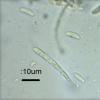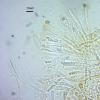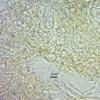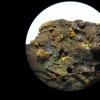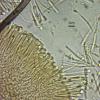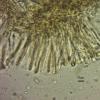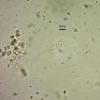
25-07-2016 17:03
Steve ClementsBonjour,on a trouvé cet Orbilia sur le bois de bo

25-07-2016 17:50
Quisiera saber si alguien tiene información de al

25-07-2016 14:51
Hi to everybody I need information on the genus A

03-07-2016 21:32
Salvador TelloHola a todos. Tengo unos hongos que recogí el a�

21-07-2016 17:50
I need this paper on Dermateaceae. Could you help

23-07-2016 23:41
Un asco a identificar, me parece que esta viejo

23-07-2016 19:06
Este Ascomyceto en madera de fagus, creo que est

20-07-2016 14:29
Philippe LarueBonjour à tous,c'est mon premier sujet sur AscoFr

23-07-2016 17:45
Hi again Could you help me with this yellow, long
on a trouvé cet Orbilia sur le bois de bouleau. Les petits et grands ascocarpes, tous les deux, avaient les mêmes caractéristiques microscopiques.
Hi,
We found this Orbilia growing with Mollisia-type ascos on a birch log. Both the glassy-looking small ascocarps and the larger opaque ones had the same microscopy. The ascocarps were small (up to 0.65 mm) and large (up to 2.2 mm).
Paraphyses had swollen heads up to 3.5 um wide.
Asci were 35-45 x 3-4.
In my books I was unable to find a bright yellow Orbilia with spores of these dimensions ie 7-8.5 x 2-2.5.
Steve

Hello Steve,
I think you give pictures of two different discomycetes. The spores you measured are not from an Orbilia (maybe a Hymenoscyphus or Bisporella, as the macrofotos look like), but the next picture with the asci is. In this asci I see minute roundish spores, and I think this is what was earlier determined as Orbilia coccinella (s.l.). Zotto surely knows more, but this for the moment.
Regards from Lothar

I even think it is O. xanthostigma with reniform warted spores
Zotto
Zotto was right - the small one is Orbilia xanthostigma - and so is the large yellow one. Over 10 days they have both developed mature knobbly reniform spores. It's a very big Orbilia at 2.2 mm!
The spores which confused me were from the nearby Mollisia type asco.
That was a real mystery,
Thanks,
Steve



